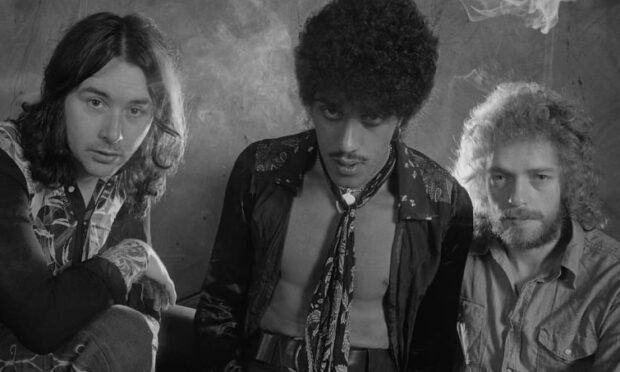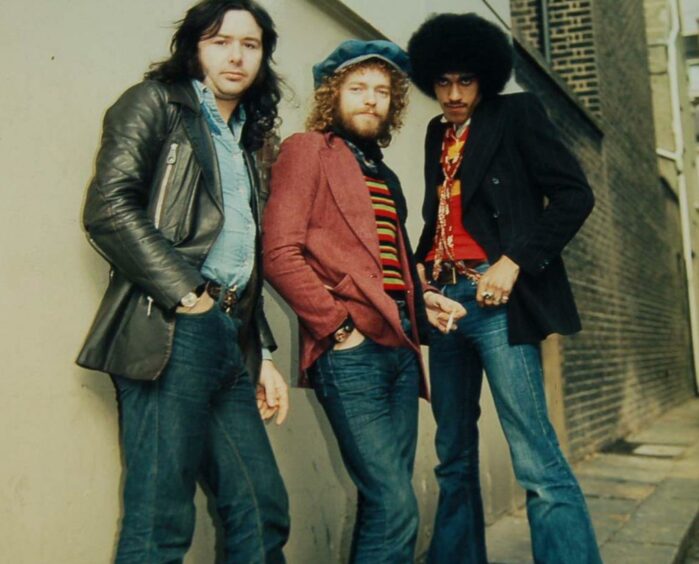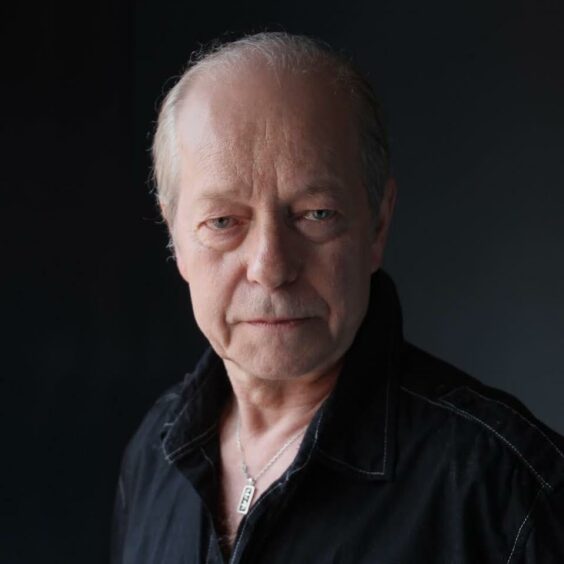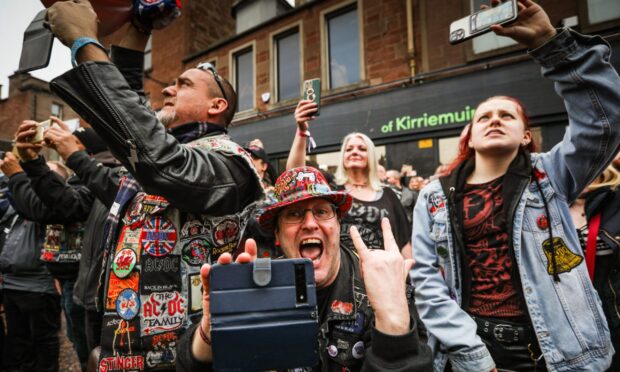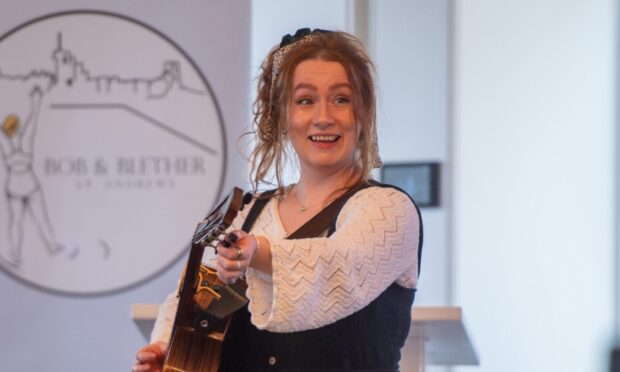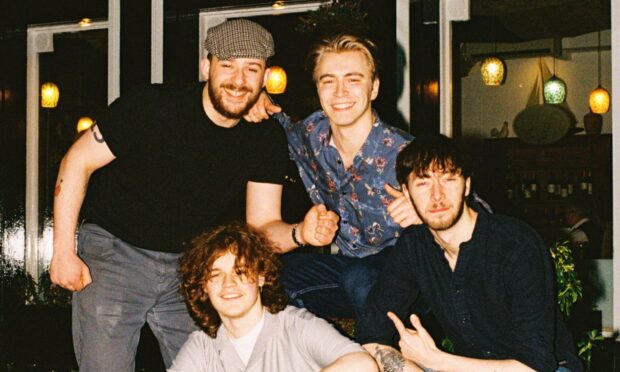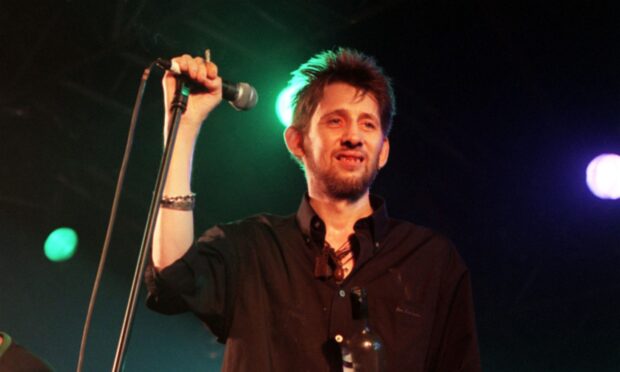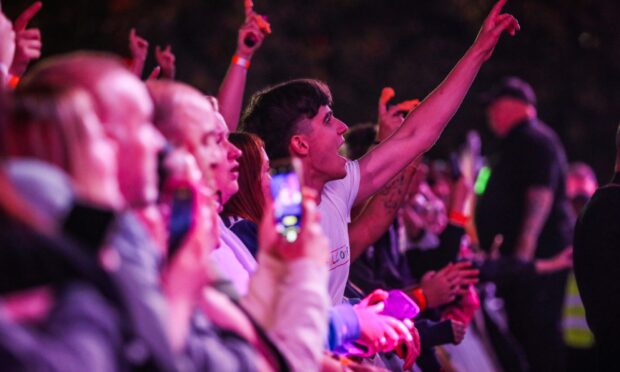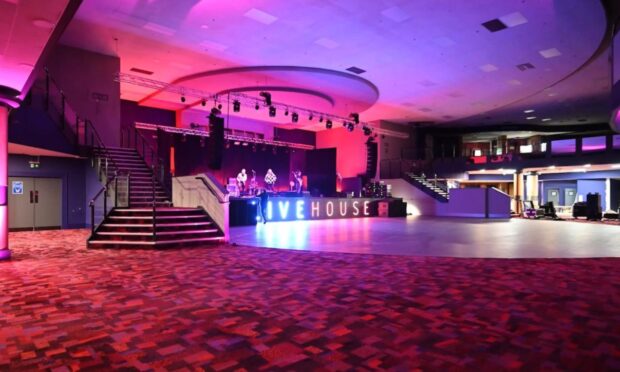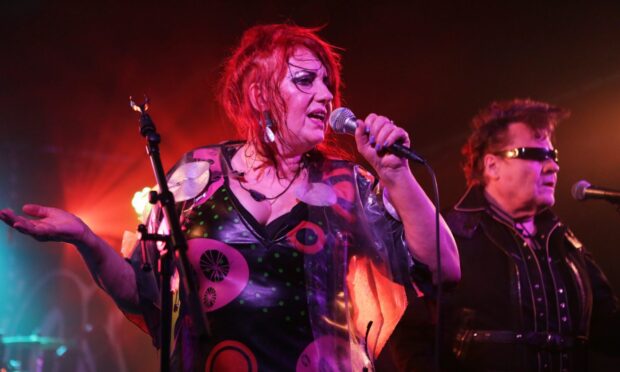Thin Lizzy legend Eric Bell kicks off a short UK tour in Kinross on Wednesday – and it should be a treat for blues fans.
The Northern Irishman is best known for founding the iconic Dublin outfit with Phil Lynott and Brian Downey over five decades ago, and for scoring a mega-hit with the reworked trad ballad Whiskey In The Jar.
However, in a career gone full circle, it’s blues rather than Celtic rock that’s been Bell’s staple for years now.
“It’s got to the stage with my guitar playing and songwriting that it’s just self-expression,” he says.
It’s taken a long time for people to give me a chance, rather than expecting a tribute band.”
“I use some of my songs as a vehicle for the guitar and I just love playing blues, yet I find it very strange at the same time – the sustained guitar, the bending notes, the vibrato of notes, and so on.
“All this was very fresh and new in the ’60s. Now we’re in 2021 and it’s still being played that way.
“Listening to some of the blues festivals I start nodding off after listening to four or five guitarists if they all sound the same, so I try and inject my own interpretation of it.
“Whether it works for the punters or not I don’t know, but that’s what I do. It’s taken a long time for people to give me a chance, rather than expecting a tribute band.”
Eric’s four-year stint in Lizzy ended abruptly when, aged 26, touring pressures and escalating substance use led to an onstage meltdown on Hogmanay 1973.
His shock exit came less than a year after Whiskey had gone global. “I was a basketcase,” he admits.
“I was completely away with the fairies with the drugs and drink, and my private life at that moment was a shambles.
“I was going down that road that a lot of musicians go down and unfortunately they don’t stop, but I did.
‘I just freaked out’
“We were halfway through an Irish tour and playing Queen’s University Belfast when, about four songs in, I just freaked out completely and left that night.
“If it happened today I’d be packed away to a rehab centre for a few weeks, but in those days there wasn’t much money about for that to happen, and also I don’t think they took it that seriously.
“I was just told to pull myself together, because we had more gigs coming up.”
Now 74, Bell says his attempts to pull himself back from the brink were hampered by joining hard-living ex-Jimi Hendrix Experience bassist Noel Redding’s band.
It’s a move he ruefully describes as “out of the frying pan and into the fire”.
Met on an acid trip
Having first met Lynott and Downie when their combo Orphanage played a Dublin club on the first night he took acid in 1969, rock ‘n’ roll excess was always likely to play a part in his ill-fated flirtation with fame.
Thankfully, the drugs have long since been consigned to his past, and he can nowadays enjoy a drink and know when to stop.
This relative sobriety has enabled him to produce a series of albums in recent years both as a solo artist and with his live blues trio.
Inspired by Gary Moore
A constant source of inspiration during most of the father of two’s career was fellow Belfast boy Gary Moore, the guitar genius who briefly replaced Bell in Lizzy.
“I knew Gary from way back – the first time ever I saw him he was 11 years of age,” says Eric.
“I was just about 16 and with The Deltones, who were playing a little club near Belfast, and as we walked in I saw a kid playing up on the stage.
He always took my place
“He was with a group called The Beat Boys and we watched each other play that night and became friends.
I went from band to band and every group I left it seemed Gary would take my place.
“I eventually moved to Dublin to join a showband there and Gary was already there with Skid Row.
“I went to check them out one night and they were amazing. I thought, ‘What am I doing with a showband?’ and went looking for blues rock players.
“Gary was a very serious musician, but also he had a great sense of humour.
“I always had a great time with the bloke. He loved my playing and I loved his, and we were good mates.”
- Eric Bell Trio tickets are at mundellmusic.com
